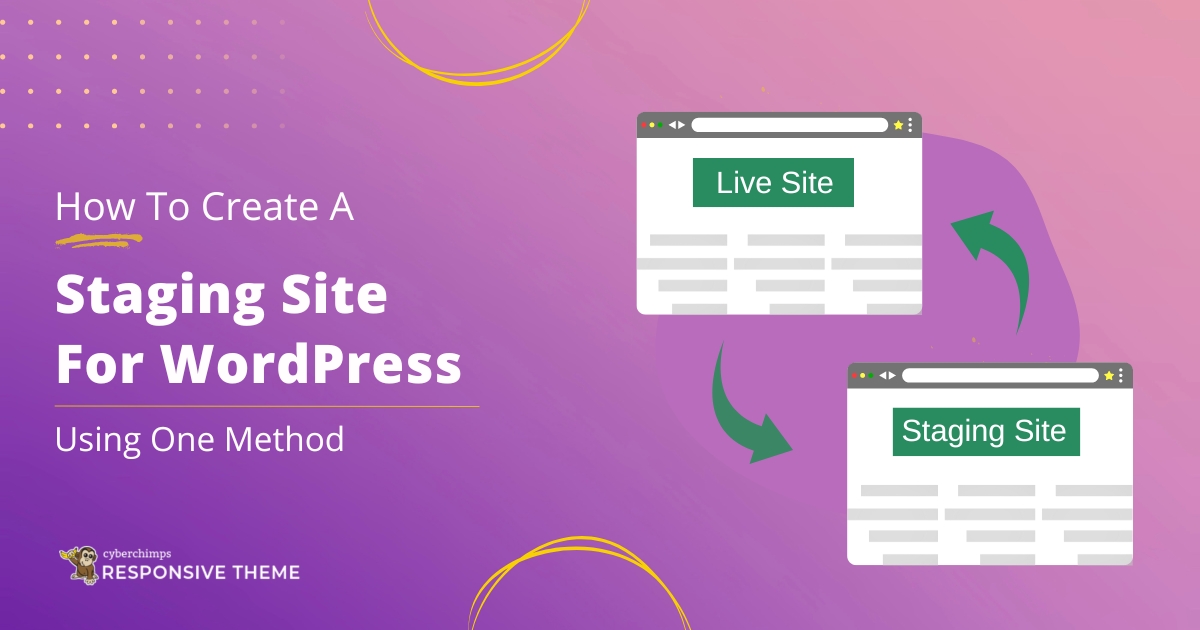Do you want to set up ecommerce Analytics Tools for Your Website?
Then this article will show you how to set up analytics tools for your website. Taking the time to set up analytics for your ecommerce site is one of the most important business moves.
Successful ecommerce entrepreneurs know the power of analytics in planning, marketing, and decision-making. You can get a behind-the-scenes look at your business by leveraging these analytical tools on your ecommerce site.
Using these tools to examine the data will give you a leg up in the competition.
The Importance Of Using Ecommerce Analytics Tools
Ecommerce software aids in the optimization of key performance indicators (KPIs) particular to your online retail business and enables you to have a better knowledge of your target clients.
This is especially vital if you want your marketing efforts to be practical. The right analytics tools help you understand your visitors’ browsing behaviors and buying habits.
The more you know about their decision-making and thought processes whenever they visit your ecommerce website, the simpler it will be to live up to their expectations and convince them to buy from you.
Your Customers will be more interested in your services if you address their wants. Analytics may help you drastically increase conversion rates while improving consumer engagement and shopping experience.
Top Ecommerce Analytics Tools That Are Taking Off in 2023
You already know that analytics systems are critical for the effective growth of an ecommerce business if you’ve read so far. They enable you to comprehend client behavior and adjust your approach accordingly.
Following are the ecommerce analytics software you should consider using.
1. Google Analytics
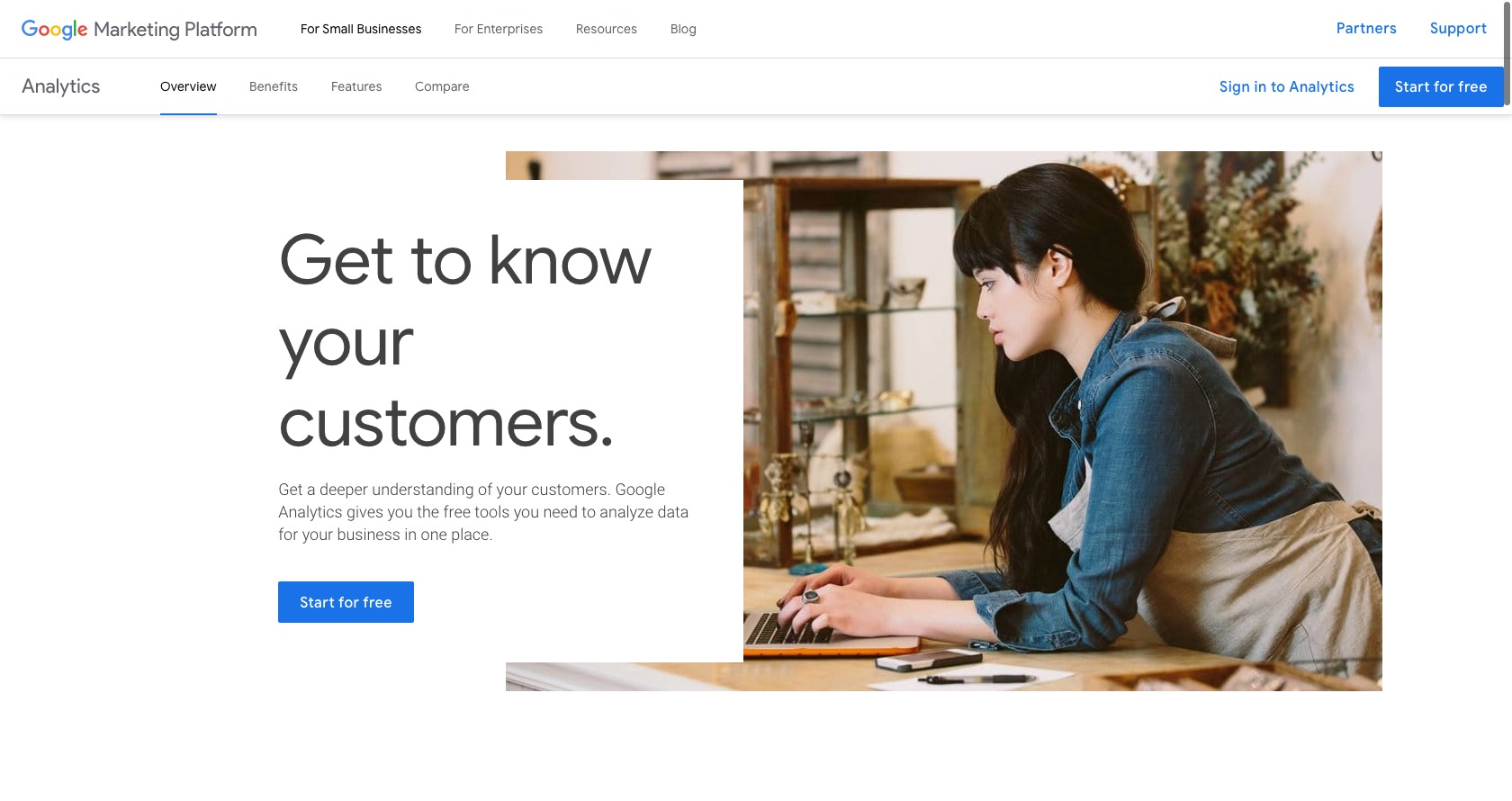
Google Analytics is one of the most popular analytical tools; Google Analytics offers detailed reports that provide valuable insight into your website and visitors. Everything is presented in a visually pleasing way on the dashboard.
The best part of using Google Analytics is that plenty of resources and tutorials can help you learn how to use it. It’s an ecommerce essential that any digital entrepreneur should be using.
2. Crazyegg
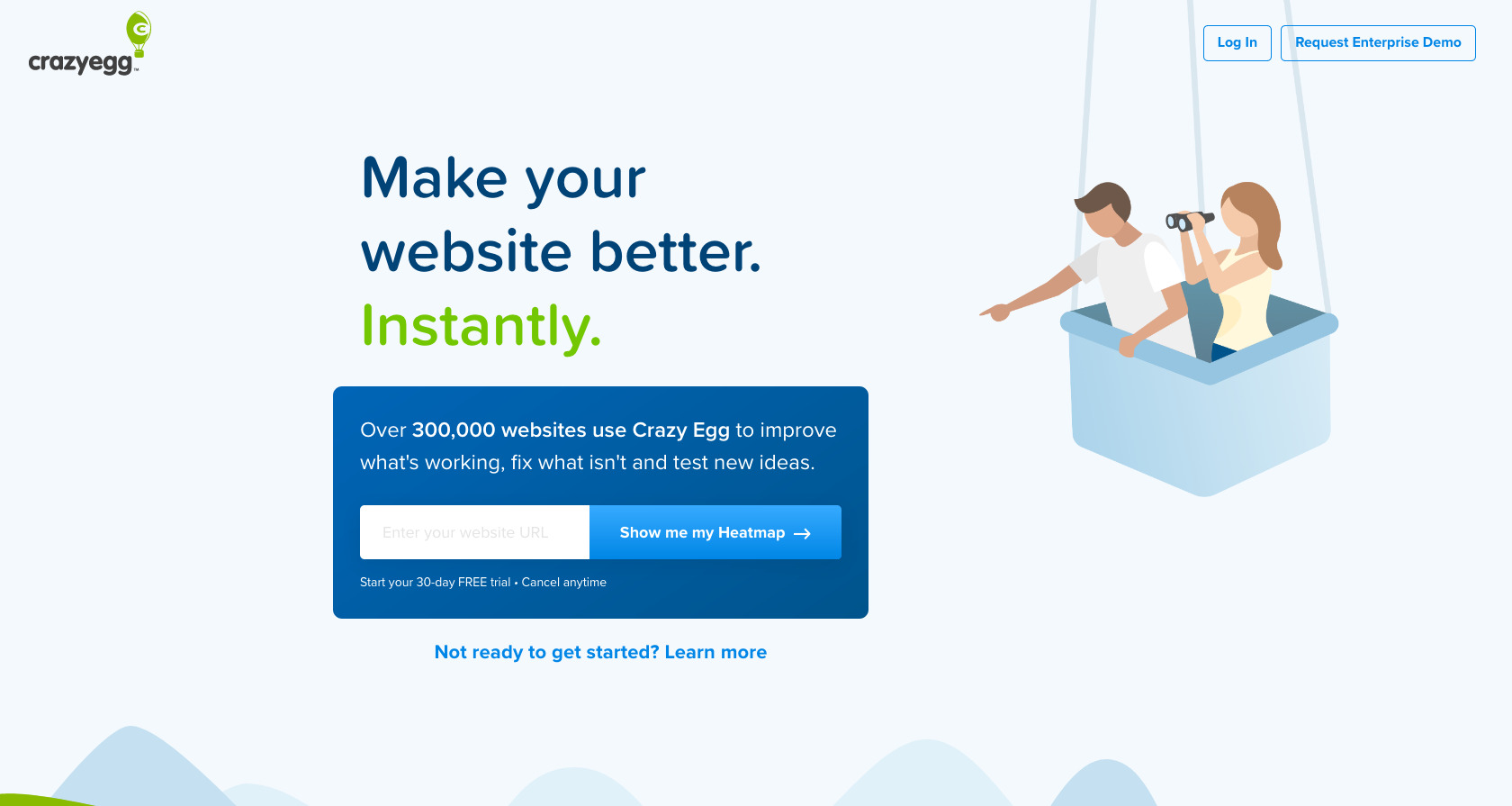
Crazyegg is a user-friendly software that specializes in heatmaps. This feature lets you see what parts of your website are getting lots of attention and which are being overlooked.
Crazyegg keeps its dashboards very simple and easy to read. This tool records the movements of site visitors to provide you with real-time behavior analytics.
It’s a great tool to see how well your site’s design performs. Crazyegg also offers scroll maps and A/B testing, which help you visualize and experiment like never before.
Crazyegg is so simple to use that it is also being implemented on non-e-commerce sites.
3. Metrilo
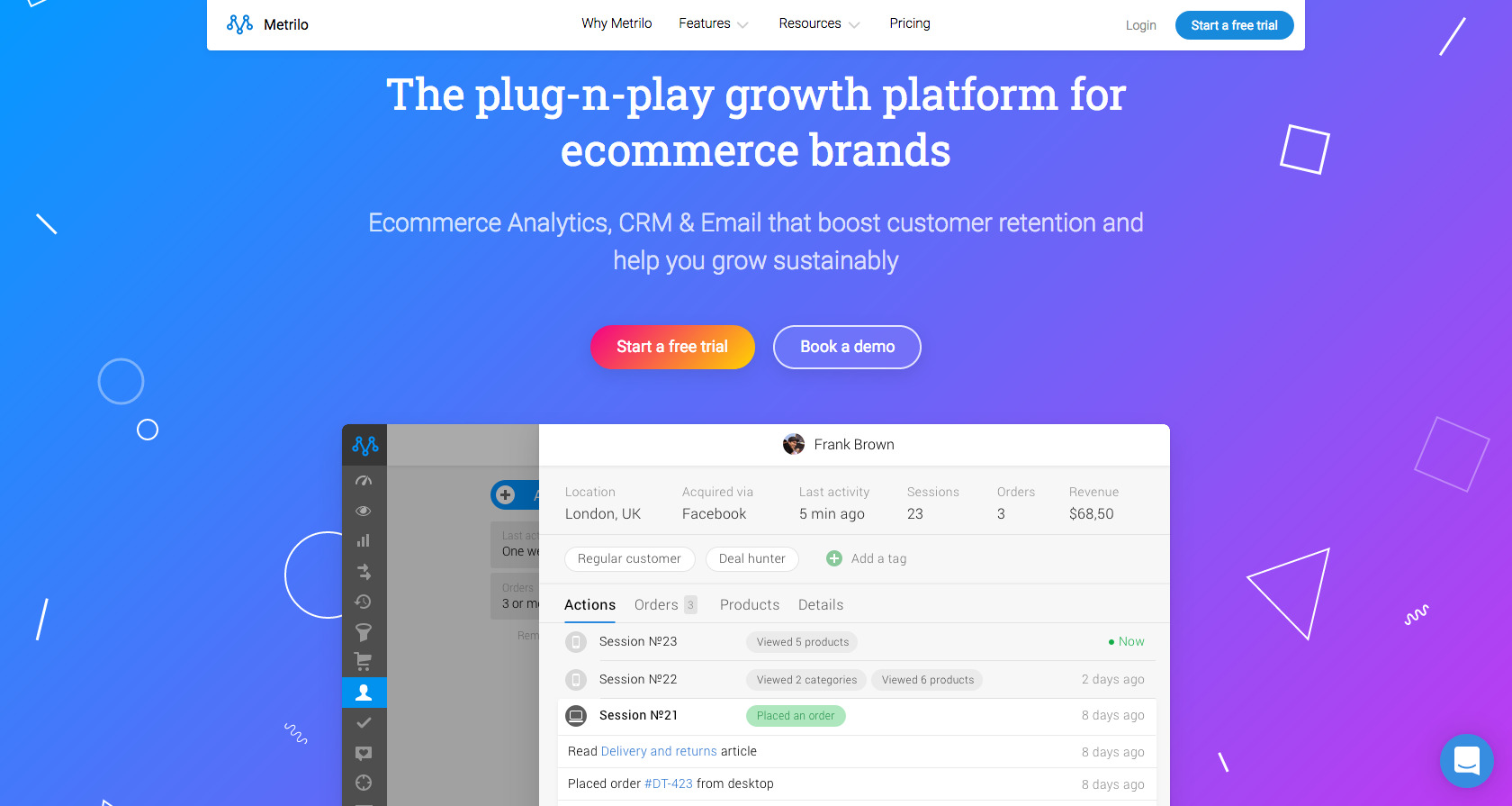
Metrilo is one of the best ecommerce analytics tools. It can track real-time orders, keeping your revenue reports up-to-date and highly precise. It will also allow us to compare the results of campaigns and will provide deep insight into customer retention.
Metrilo also has an integrated email marketing service and CRM. The defining feature of Metrilo is that it gathers all the historical data from your ecommerce site, making your data on point and very insightful. It integrates well with Shopify and WooCommerce.
Metrilo is an excellent choice if you want to improve the timing of your marketing materials and increase your rate of returning customers.
4. Kissmetrics
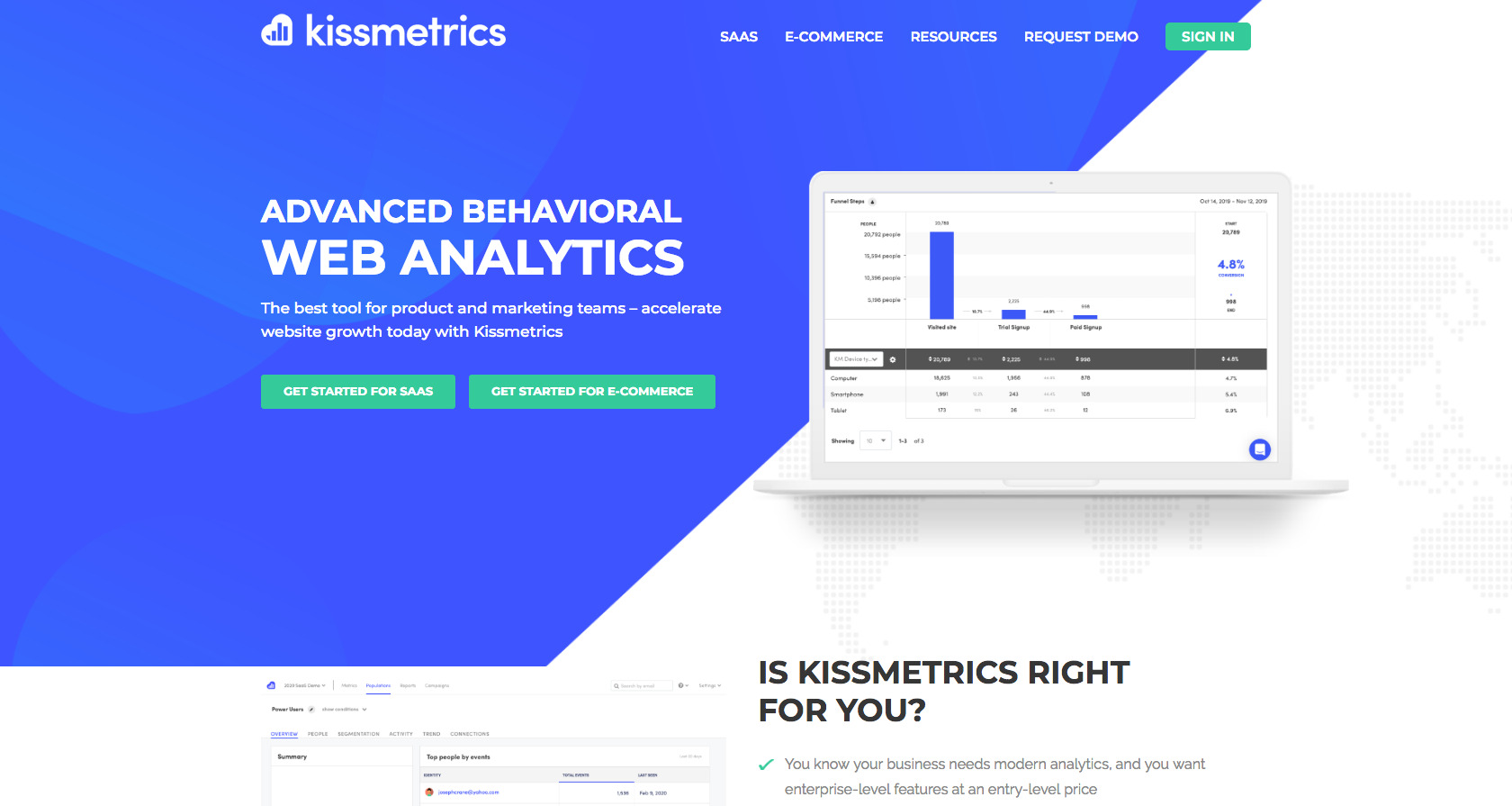
Kissmetrics tells you what actions visitors take on your ecommerce site and which products they look at. This is one of the most detailed analytical tools available.
Collecting such detailed and comprehensive data can drastically upgrade your email marketing campaigns and increase engagement on your Facebook ads.
With Kissmetrics, you can easily monitor customers’ behaviors and the campaign’s effect. It is a must-have ecommerce analytical tool for any ecommerce.
5. Adobe Marketing Cloud
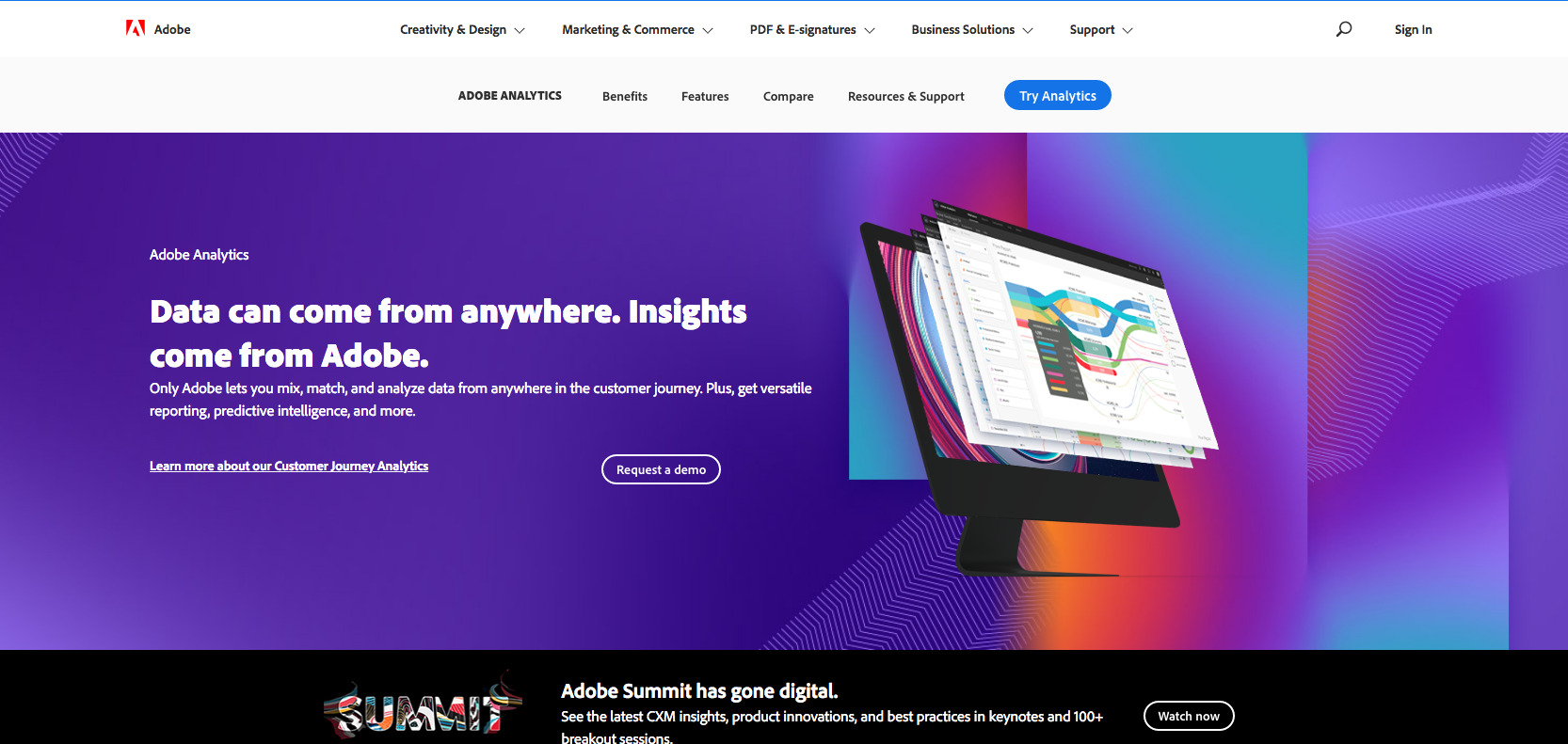
Adobe Marketing Cloud is more complex than the average analytical tool. Made for the experienced ecommerce entrepreneur, Adobe Marketing Cloud digs are more profound than just site visits and clicks.
It’s a brilliant marketing software that can improve customer satisfaction.
Real-time tracking provides a clear look at the acquisition process and allows all your team members to access and utilize the data effectively. If you are starting in ecommerce, there are better tools than this.
This tool takes a significant investment of time and money and is tailored to more significant, pre-established ecommerce sites.
6. Woopra

Woopra assists in identifying drop-off places to minimize the danger of abandoned orders. This product analytics tool includes functionality for analyzing end-to-end user journeys.
You may utilize triggers to perform real-time actions based on user behavior. You may also tailor your message and engage with the correct audience through appropriate offers or communications.
Woopra’s feature is Determining which portions of your ecommerce website require the most attention. Examine abandonment rates to find scenarios where consumers leave. It aids in determining the average time it takes for clients to make a purchasing decision.
7. Matomo

Matomo is an open-source E-Commerce analytics tool that was previously known as Piwik. It has analytic capabilities comparable to Google Analytics.
Matomo has extra ecommerce monitoring functions and analytical skills for website traffic analysis. The tool seeks to improve the performance of your online store.
It uses built-in triggers to take action in real-time based on user behavior. Personalize and tailor your communications depending on customer location and product across all marketing platforms.
View detailed statistics that reveal data like average order value and conversion rate to help you tackle any issues driving shopping cart abandonment.
If your consumers are concerned about data privacy, reassure them they have complete ownership of their data and may opt to safely keep it on your ecommerce platform.
8. Hotjar
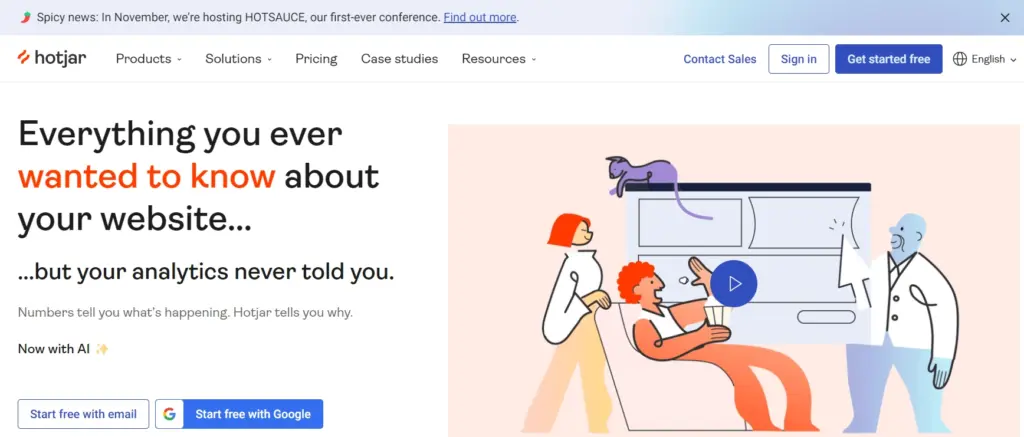
Hotjar is the most excellent way to track every step your recent clients took before purchasing from your ecommerce site. It may monitor and assess client behavior on your behalf. It might then show you what users enjoy doing on your website, and this employs a technique known as the heat map.
The tool identifies the most popular regions of your website. It will display the most popular categories, goods, and pages to assist you in redesigning and optimizing your online store.
The one-of-a-kind Hotjar includes many heat maps demonstrating what consumers like to click and from which devices. The tool’s funnel function allows you to examine how customers browse your business and where they decide to leave.
As a result, utilize it to depict customer behavior and preferences. You will also be able to identify the metrics that you have met. As a result, this is one of the best ecommerce analytics tools.
9. Glew.io
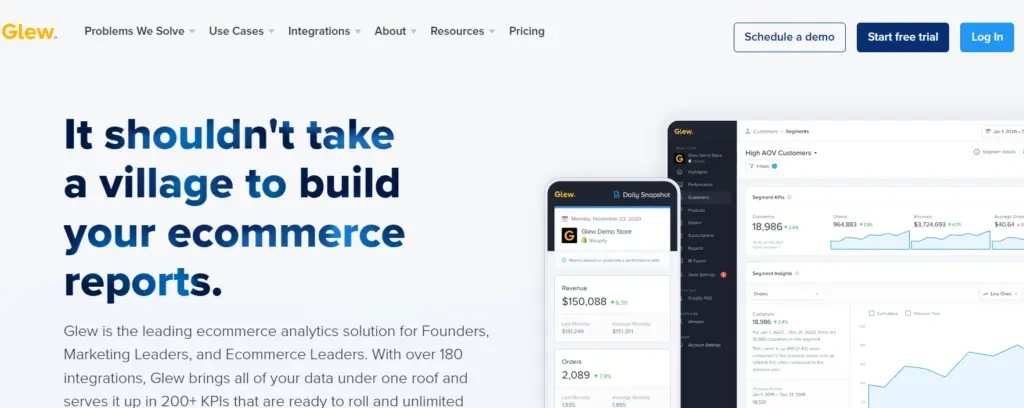
Glew.io is a thorough product that most people like. Furthermore, it is appropriate for any organization’s size and can accomplish various tasks. It can examine the best-selling items and distinguish them from the worst-selling ones.
Second, Glew.io can track sales from many retail outlets and collect independent data in one location. For example, if you operate a store and sell your items through another large retailer, you may set up Glew.io to track sales from both locations.
Lastly, it has current analytics capabilities may help you track particular customer data. Glew.io can help you evaluate the success of Google Adwords, Facebook Ads content, and Instagram photos.
10. Tableau

Tableau is a popular data analytics tool, second to Microsoft’s Power BI. Because of its user-friendly design, the platform is easy to use; even non-technical users can construct dashboards and dig into a wide range of data.
Tableau is primarily concerned with data visualization, allowing users to evaluate data via dashboards and views that aggregate data from numerous sources. It may be connected to current data architecture, on-premises, or the cloud, a significant component of Tableau consulting. Then users can begin effectively analyzing the data using easy drag-and-drop modules.
Tableau frequently gets compared with other BI tools today, yet it offers many unrivaled capabilities. While scripts may improve the experience, Tableau’s interface is straightforward and immersive, allowing non-tech people to start immediately. All required is the Tableau app, available in web, desktop, and mobile editions.
Tools like Salesforce connect with Tableau to incorporate analytical dashboards and graphs within their interfaces. Collaborating and commenting on the projects maintained in Tableau is also simple.
11. Microsoft Power BI
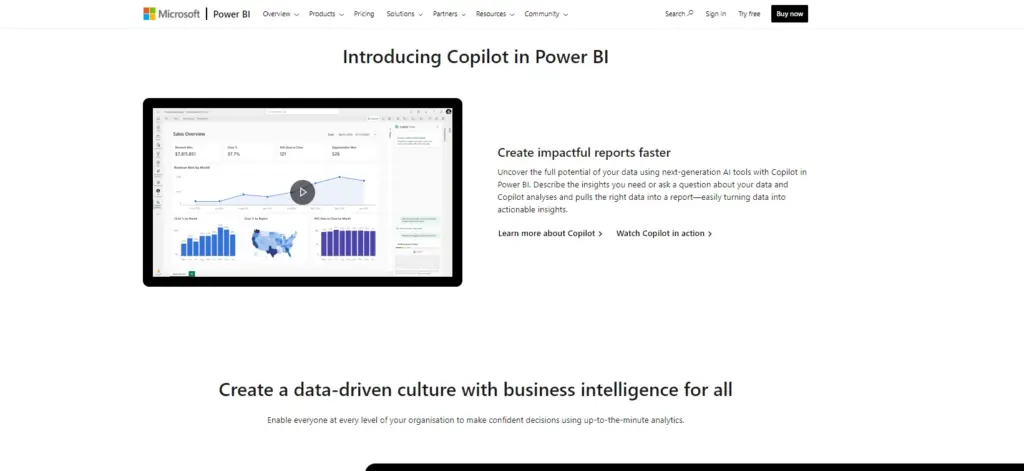
Microsoft Power BI is a software application tool developed by Microsoft. One of the most significant advantages of this product is that it includes a free desktop version.
Of course, it has constraints, such as the quantity of connected storage, but because it’s free, the tiniest retailers will be okay with it.
While creating BI dashboards with Power BI is more complicated than in many other tools on our list, they make up for it by being incredibly robust—the number of data visualizations in Power BI is vast. Another feature of the platform is its capacity to collect and analyze data from real-time sources.
Considerations When Choosing an Analytics Tool
Because hundreds of items online claim to be the greatest, making a decision can be difficult. We’ve outlined some things to consider while selecting ecommerce analytics software to minimize misunderstanding.
Considerations When Choosing an Analytics Tool
Begin with knowing your company’s objectives and requirements. This will make it easy to choose an analytic tool that will assist you in meeting your goals.
- Usability – Avoid sophisticated digital analytics equipment unless you have technical understanding and abilities. The idiot-proof tool will be easy to use even if you have no prior expertise.
- Better analytics and features – An essential tool is OK, but you should abandon it if it can’t analyze complicated data and put it into easy charts, tables, and graphs. Choose a cutting-edge product that is also simple to use.
- Ease of customization– Software only sometimes meets your demands perfectly. It is often necessary to intelligently adapt it to operate with current systems. This is the kind of tool you need.
- Data connections – The correct tool should assist you in obtaining information from various data sources. The greatest will be able to connect you to hundreds of sources.
FAQ
Google Analytics, Kissmetrics, Optimizely,Hotjar,Crazyegg,Glew.io are some of the most popular ecommerce analytics tools.
Web analytics tools are applications that track, measure, and report website activities such as traffic, visitor source, and user clicks.
To conduct the web analysis, you need to keep the following points in consideration:
1. You need to identify what is your targeted market for SEO.
2. Understanding how your customer journey is
3. Optimizing the design, content, and overall website
Onsite and offsite are the two categories of web analytics in ecommerce.
Wrapping up
Tracking metrics and monitoring customer behavior is invaluable when running an ecommerce site.
These insightful tools will increase customer acquisition, satisfaction, and retention over the long run by enabling you to adjust your email campaigns, site layouts, Facebook ads, and other marketing materials to suit your customers best.
Want to read more such content? Here are our other engaging articles:
- What Is An E-Commerce Website & How To Build One
- What Is A Permalink? How Does It Affect The SEO In WordPress?
- Best Inspiring Web Design Trends
Are you thinking of building a fantastic website? Grab Responsive Theme now!



